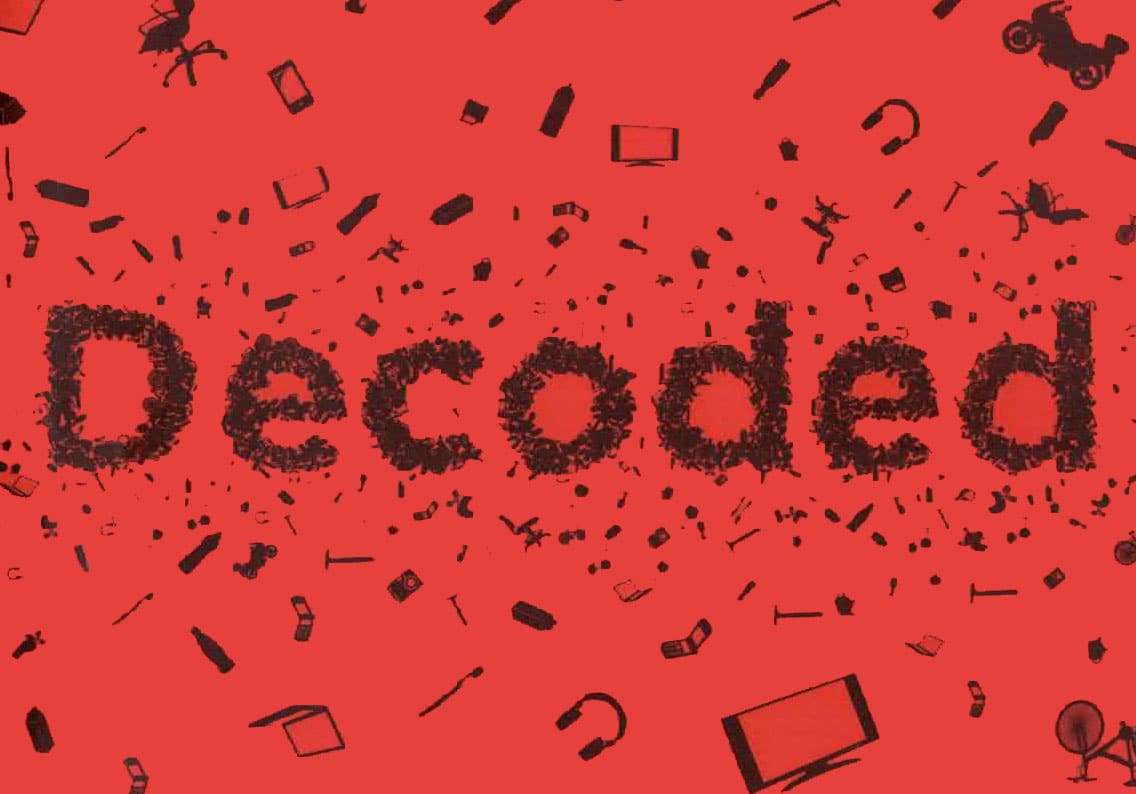The first thing you notice when picking up Decoded: The Science Behind Why We Buy, by Phil Barden, is that it is heavy. The hardcover published by Wiley is very good quality, presented and packaged nicely, one might wonder what impression this is aiming to give to the beholder. This impression of quality and importance is achieved in the book, while the subject matter is heavy at times in terms of the science, the presentation and language is not. It is easy to understand and well structured. The quality is certainly there.
I am very interested in the psychology of the consumer and have reviewed books previously on similar subjects including Influence and Contagious. As website developers and UX designers, it is important to understand the ways in which consumers react to visual cues in terms of imagery, colour, presentation and call to action to assist their journey to make an online purchase or enquiry.
Decoded looks at how branding and presentation works on decision making. It discusses what influences consumers to buy what they buy. It uses frameworks and case studies to effectively demonstrate its concepts. These make the concepts easy to understand with our own experience, while at the same time making them incredibly interesting to the psychology and brand/marketing nerds.
Barden adopts Daniel Kahneman’s Thinking, Fast & Slow framework to distinguish between two systems of thinking. Implicit is fast and automatic, thought of as an autopilot. Explicit is slow and controlled, like a pilot. The autopilot processes everything dedicated by our senses whereas the pilot is concentrated on limited amounts of information on the subject of its focus. For marketers this means we have to feed into the autopilot using techniques that trigger associations quickly to recognise our brand or need for our product.
On a webpage we have about 3 seconds to register to the autopilot of our users. This means the visual imagery, colours, text, and placement of content cues is critical in compelling the user to make a decision to buy a product or service.
Decoded delves into how tapping into the autopilot can be a valuable opportunity to influence purchasing behaviour in our favour by:
- Increasing perception of value while reducing the perceived cost in packaging or competitive positioning, by design, or by language. Think Voss water bottles for example.
- Driving perception through recognition and learned association. The need to use strong visual signals to convey a message. The use of colour, shapes, and even the spacing between text (for example a RRP and a sales price can influence the perception)
- Optimising the path to purchase by removing barriers that might require slower thinking. One example is removing dollar signs from prices. Ever noticed on restaurant menus, the price often is just a number such as 37 or 37.5? Removing the currency sign and second decimal point removes the association to the cost of the meal. Using calls to action to connote tangibility, immediacy, and certainty acts to influence behaviour without changing minds.
- Appealing to aspiration, not so much with your product itself as the goal, but by appealing to the problem your product solves: the aspiration. The classic example is does a tradesman want a 10mm drill or 10mm hole? Why do Coke ads look like awesome parties? The product is a means to an end, an avenue to an aspiration.
The last chapter is rare among business books in that it looks in detail at implementation. In this case, the implementation gap between positioning and touchpoints (where your customers meet your brand, product, or service). Through excellent recognisable case studies of products and product characteristics, we are shown how the above frameworks are developed into products that we find on the supermarket shelves, in showrooms, and in our homes because we were compelled to buy them.
There are plenty of “Aha! That’s why they do that” moments in this book. It is very well structured which always appeals to me, while being both thought provoking and entertaining. There is something in this for every business regardless of product or service, and despite being light on examples of digital products and services, the concepts immediately relate.




